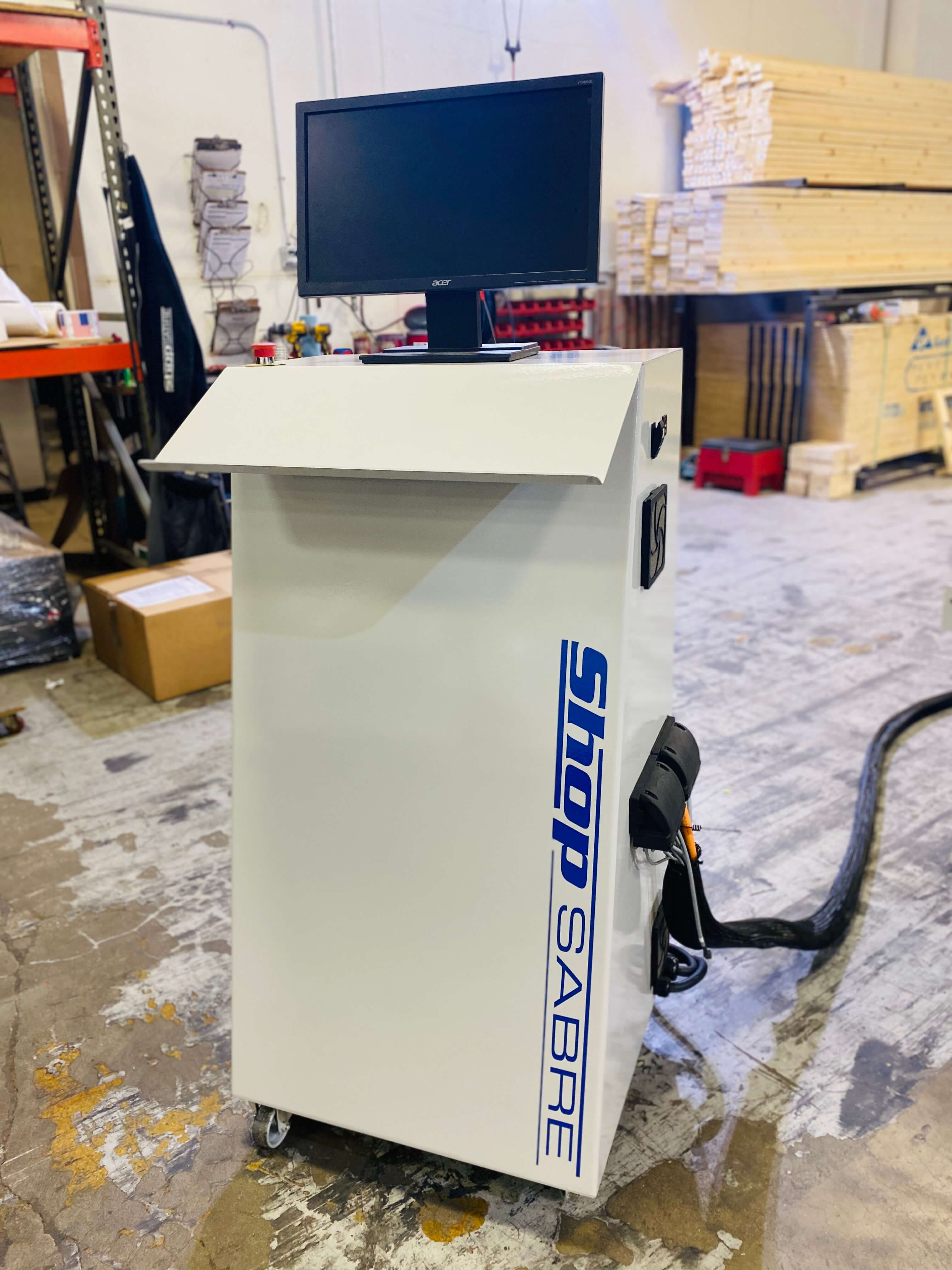

Also, notice that on lines N10 thru N13 the feed rate remains at 100 in/min around each 90-degree corner. Notice that on line N8, the tool plunges at 50 in/min (F50.) to the cut start point and then on line N9 accelerates to 100 in/min to begin cutting (F100.). The posted g-code of the toolpath for the ShopSabre (WinCNC) controller is shown to the right of the illustration below. When it reaches the first 90-degree corner it decelerates to zero, changes direction and then quickly accelerates to 100 in/min once again. As it begins cutting, the tool quickly accelerates to 100 in/min. The tool cutter is shown at its approach position. For practical purposes, we use a cut feed rate of 100 in/min. The example below illustrates the feed rate for a 2½ Axis Profiling operation on a 2-inch square rectangle consisting of four linear cuts, each cut being 2 inches long. Image courtesy of AirMotive Specialties, Inc. This rapid deceleration results in increased torque loads on the CNC machine.įigure 1: The principal axes of a 3 Axis CNC machine. When it comes to a change in direction such as a corner, it must decelerate to a dead stop precisely at the corner point, change directions, and then accelerate to 100 inches/minute to continue cutting. The cutter is engaged in the material and accelerating at 100 inches/minute along a linear path. CNC machines, employ servo motors to electromechanically control the linear motion of the cutter in each principal axis (X, Y & Z).Ĭonsider this. It can also contribute to wear on on the CNC machine’s mechanical components.


Why is Cut Feed Rate Important?įeed Rate is important because it is directly related to virtually every aspect of NC machining from safety and productivity, to tool life, surface finish and part quality. Suggested cut feed rates will vary depending on the type of material you are cutting (i.e., aluminum, steel, wood, acrylic, etc.), the material of the cutter (carbide, high speed steel, ceramic, etc.) and many other cutting factors including desired surface and the characteristics of the CNC machine itself. Simply put, feed rate is the speed at which the cutter engages the part and is typically measured in units/minute. Feed Rates Explained – Extend the Life of Your CNC Tools and Machinesįeed Rate is one of the most important factors to consider when implementing any CNC strategy.


 0 kommentar(er)
0 kommentar(er)
